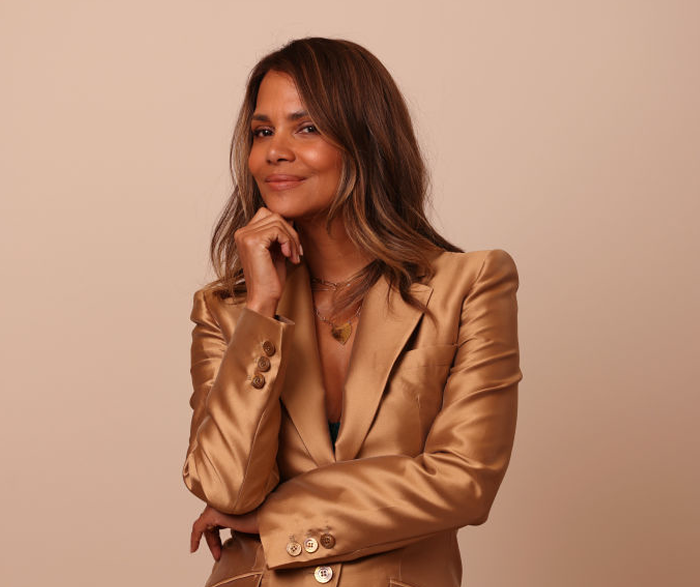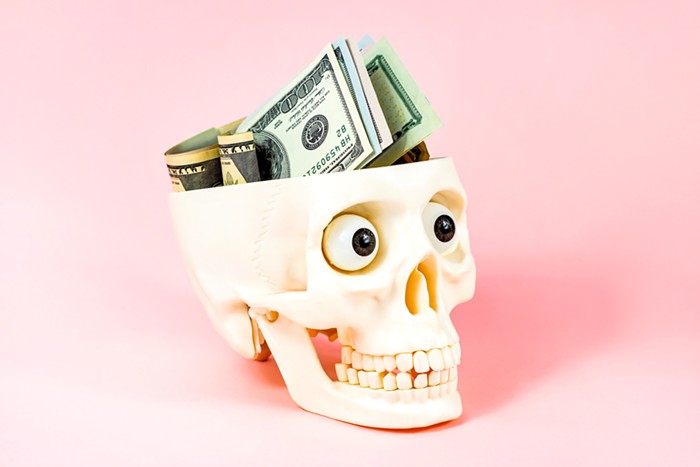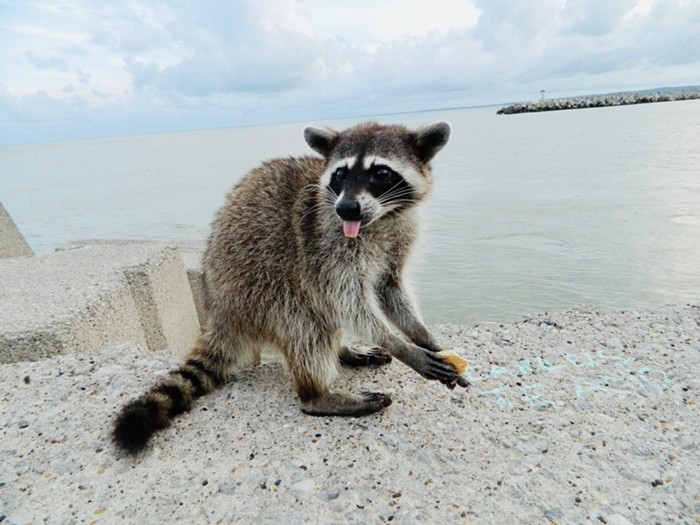CBD is great. It’s a cannabinoid that doesn’t get you high, and can actually level off or reduce THC’s effects when the two are introduced together—but CBD has all sorts of awesome benefits in treating epilepsy, pain, nausea, inflammation, insomnia, and even cancer. I’m pro-CBD.
I have yet to meet a single CBD prohibitionist, waving their “CBDon’t!” signs at rallies or warning against the violent multinational organized hemp cartels that threaten our children. (Not saying they don’t exist. Times is cray-cray, y’all.)
But even rabidly anti-cannabis states such as Georgia and Alabama now allow CBD for specific ailments. No Georgia politician wants to appear to be pro-pediatric-seizure, and no Alabama politician can oppose the issue while molesting children. (Look, I got people back there, okay? But just... no.) Those states now allow CBD products, provided they have no more than 3 percent THC relative to CBD—meaning a product with 10 milligrams of CBD can have no more than .3 milligrams of THC.
My cat has a higher THC content than that.
This isn’t an issue, except that CBD is an “entourage” or “ensemble” cannabinoid that, for some uses, works better when introduced with higher ratios of THC. So there is a camp that believes the best CBD is taken from the buds and leaves of a cannabis plant.
But CBD is also found in hemp and, as hemp has a naturally low THC content, hemp-derived CBD is increasingly available in products so ubiquitous that they show up in sponsored ads on Facebook.
Critics decry the hemp-derived form of CBD to be inferior to cannabis-plant-extracted CBD. Hemp fans respond that CBD with miniscule amounts of THC is legal to ship across states lines. And if you’re hoping the feds can help sort out what’s best, good luck.
But what about CBD that’s produced without cannabis or hemp plants? What then, well-educated trousers? And is that even a thing, or am I just super high again?
Both. The answer is both. I know this because I received a 1,000-milligram sample of a new, botanically derived CBD. The single gram of white powder barely totals a tablespoon, if that, and when I mixed 25 milligrams in some tea, it made me warm and sleepy, so it works. Jake Cormier, president of Portland-based Clear Bright Dawn, gave me the breakdown, and sent over extensive third-party certification and analysis that their PureForm CBD “consistently tests above 99.7 percent as pure, molecular CBD.” He went on to say that in its crystalline form it’s virtually tasteless and odorless (true), and added that “trace remnants make up the .02 percent remaining portion. These include, only: (1) less than .01 percent propylene glycol, a GRAS Class I food solvent; (2) less than .001 percent ethanol; (3) a trace of a natural, orange citrus terpene.”
So Clear Bright Dawn’s PureForm CBD is food grade, virtually free of solvents, all natural, organic (though non-certified), water/oil soluble, and “created from abundant, natural plant materials.” Natural plant materials such as... the devil’s lettuce? I asked Cormier, who replied it’s a combination of “citrus by-product and the evergreen bark from an invasive species commonly found.” There are patents pending, and proprietary tech and such, so as to which evergreen bark from what particular invasive species, I can’t tell you just yet, because I don’t know.
But I do know that because no cannabis or hemp plants were hurt during its production, the DEA and any other agencies getting the vapors over the possibility that the finished product may have the merest whiff of THC can chill out. No cannabis = no THC, narcos.
PureForm Botanicals, the LA-based company that handles the manufacturing duties, touts that PureForm CBD is free from solvents used in extraction, so is better for research, and is one third the cost of other comparable CBD products.
In an ideal world, we would have access to CBD and THC without overreaching, prohibitionist rulemaking, regardless of the source of those cannabinoids. But we don’t (yet), and if a clean, pure form of inexpensive CBD can be made from citrus and evergreen bark? I’m down, because better access to CBD is a good thing.












